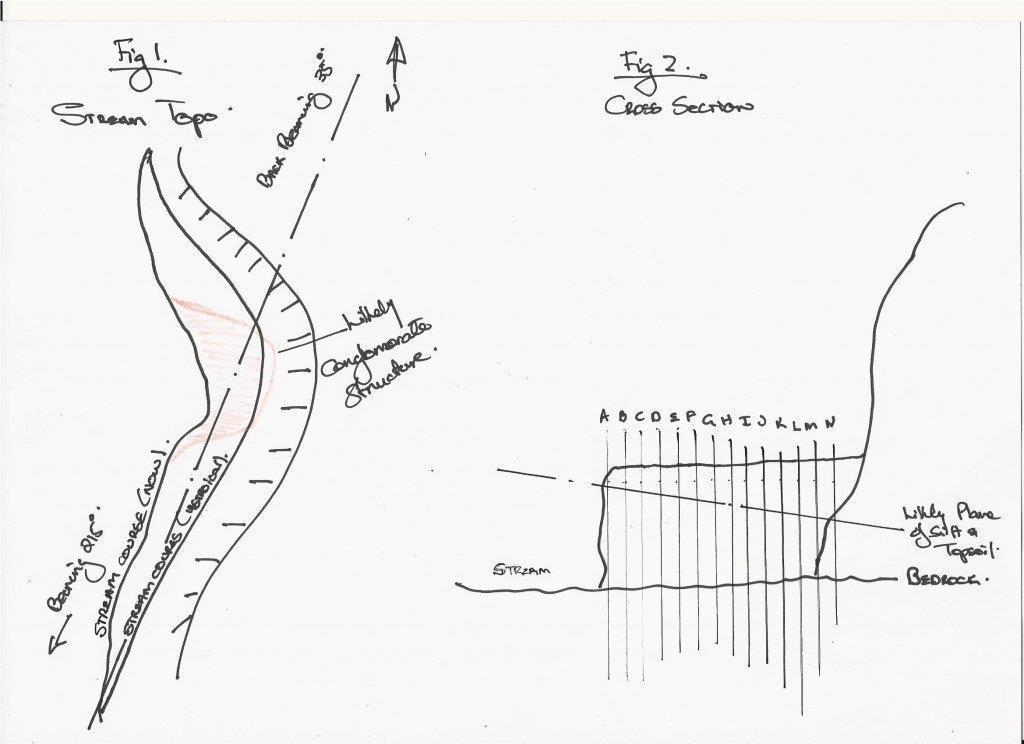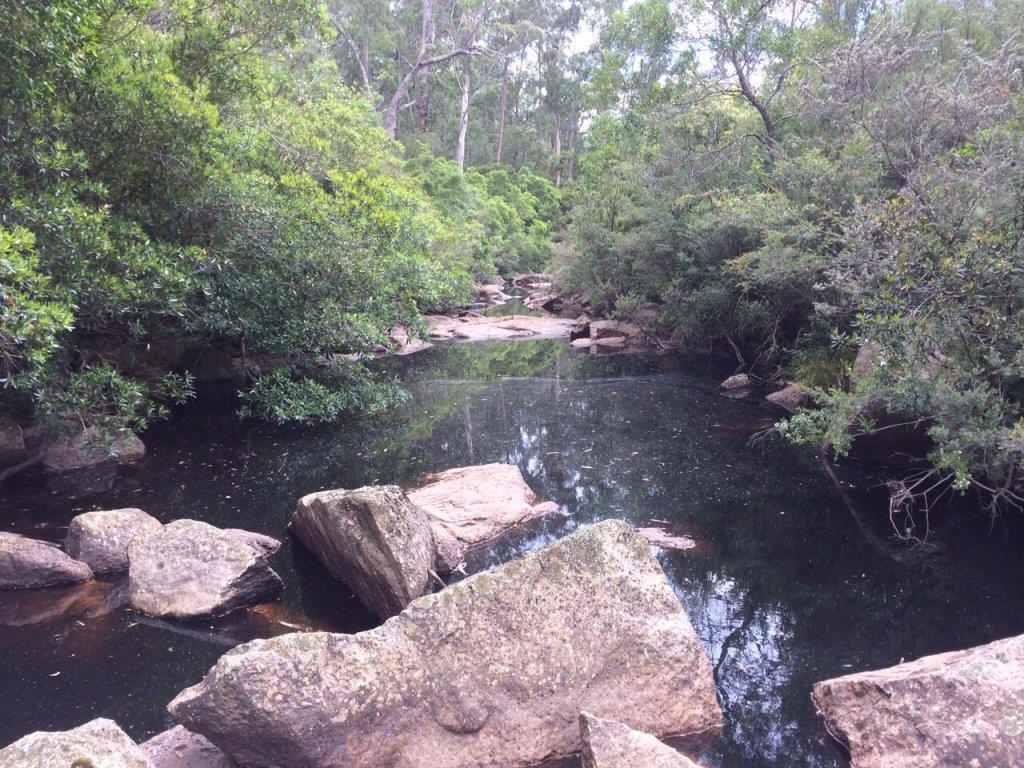SWright
Steve Wright
crazyk said:I managed to work out how to shrink my photos on the phone... I just email them to myself.
Anyway below are photos I've taken.
1. Is a rocky outcrop that is prevalent along the banks of the creek I walked. The material is very very hard.
2. This is a chunk that I broke out if the outcrop. To me it looks quite volcanic
3. The creek bottom has lots of hard bedrock an in some sections lost of stones and gravels. You can also see the oily appearance I mentioned.
What I want to know is, is it worth exploring this stuff? I did a couple of pans but nothing.
https://www.prospectingaustralia.com/forum/img/member-images/2155/1391149153_image.jpg
https://www.prospectingaustralia.com/forum/img/member-images/2155/1391149193_image.jpg
https://www.prospectingaustralia.com/forum/img/member-images/2155/1391149247_image.jpg
G'Day Crazyk
these are very good photographs. The black-blue material is manganese and the rusty colouration is iron. The oily sheen is from decayed organic matter. The old timers often called such hard material "Cement". It can form also as a as a white material mainly from carbonate (Called calcrete) or a red Cement from iron oxide clled ferricrete. It is a part of the same process that forms silcrete (looks like welded glass) in dryer areas generally on the tops of slopes and it a natural and common part of the weathering process throughout Australia. Manganese, iron, calcium and silica are very mobile elements in the weathering process when streams dry up or the water table rises or falls in the past you will get these type of deposits. Most of the time they do not seem to carry gold and only in some deep leads in Victoria did they manage to treat the Cement.
Nothing exotic here folks.
Araluen






